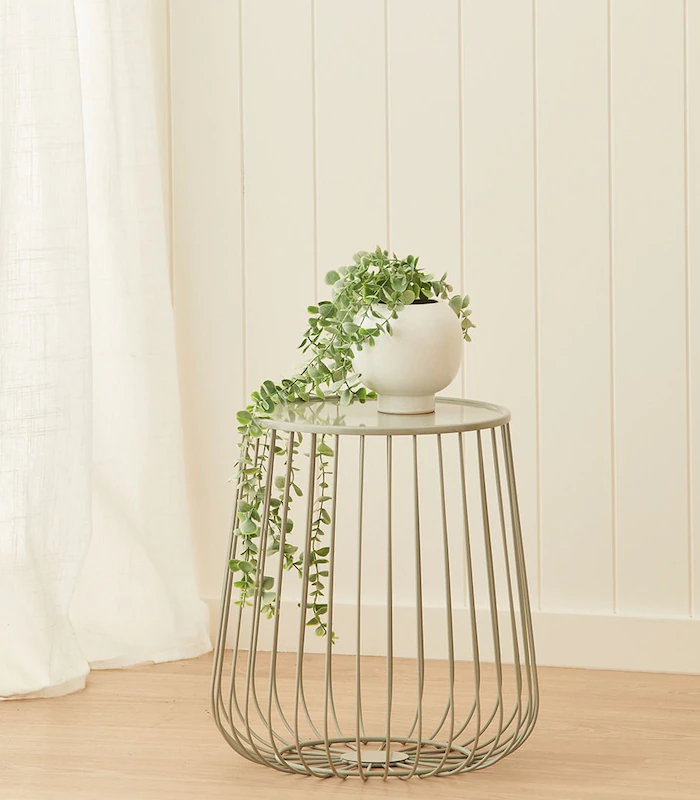The Wire Furniture Factory
A Comprehensive Guide to Choosing the Perfect Side Table: Style, Functionality & Beyond
In the realm of furniture selection, the side table might seem like a minor detail, but this modest piece holds the power to transform the look and feel of your living space. Choosing the right side table involves a harmonious blend of aesthetics, functionality, and personal preferences. This guide will walk you through key considerations to help you select a side table that not only serves its purpose but also elevates your room's style quotient.
Assess Your Needs
Begin by identifying the purpose of the side table. Will it primarily hold a lamp, books, or a cup of coffee? Or do you require additional storage for remotes, magazines, or other small items? Understanding your needs will guide you towards tables with suitable features, such as drawers, shelves, or closed compartments.
2. Measure Your Space
Before heading out to shop, measure the space where the side table will sit. Consider the height of your sofa or chair arms and aim for a table that aligns with or is slightly lower than the armrest. Also, ensure the table’s width and depth fit comfortably within the room without overcrowding the area. A well-proportioned table enhances the room's balance and flow.
3. Material Matters
The choice of material greatly impacts the table's durability, maintenance, and overall aesthetic. Wood imparts a warm, traditional feel and can be stained or painted to match your existing furniture. Metal or glass tables exude a modern, minimalist vibe, while marble or stone options add a touch of luxury. Consider the cleaning and maintenance required for each material and choose one that aligns with your lifestyle.

4. Style and Design
Your side table should complement the room's existing decor. If you have a traditional setting, a carved wooden table with intricate details might be fitting. In a contemporary space, opt for clean lines and geometric shapes in metal or glass. Don't shy away from using a side table as a statement piece with bold colors or unique designs to add a pop of personality to the room.
5. Color and Finish
Select a color and finish that either blends seamlessly with your existing furniture or acts as a contrasting accent. Neutral tones like white, black, or natural wood finishes are versatile and can work in any setting. If you're looking to make a statement, consider bolder hues or textured finishes that draw attention.
6. Budget Considerations
Side tables can range from budget-friendly options to high-end designer pieces. Determine your budget upfront and research accordingly. Remember, investing in quality materials and craftsmanship can ensure longevity and satisfaction with your purchase.
7. Lighting and Usage
Consider the lighting in your room and how the table will interact with it. If the table is meant to hold a lamp, ensure it provides ample surface area without blocking light. Also, think about the activities that will take place around the table – will it be used for reading, working on a laptop, or simply as a decorative element?
8. Test for Stability
Lastly, don't overlook stability. A wobbly table can be frustrating and potentially dangerous. If possible, physically test the table's sturdiness or check for customer reviews that comment on its stability.
In conclusion, selecting the ideal side table is a thoughtful process that balances practicality with aesthetics. By considering these key factors, you'll be well-equipped to choose a side table that not only fulfills its functional duties but also adds a touch of elegance and character to your living space. Remember, the right side table can be the subtle yet impactful finishing touch that completes your room's design story.